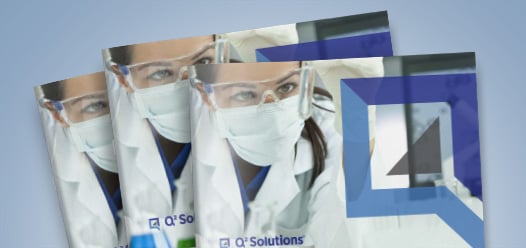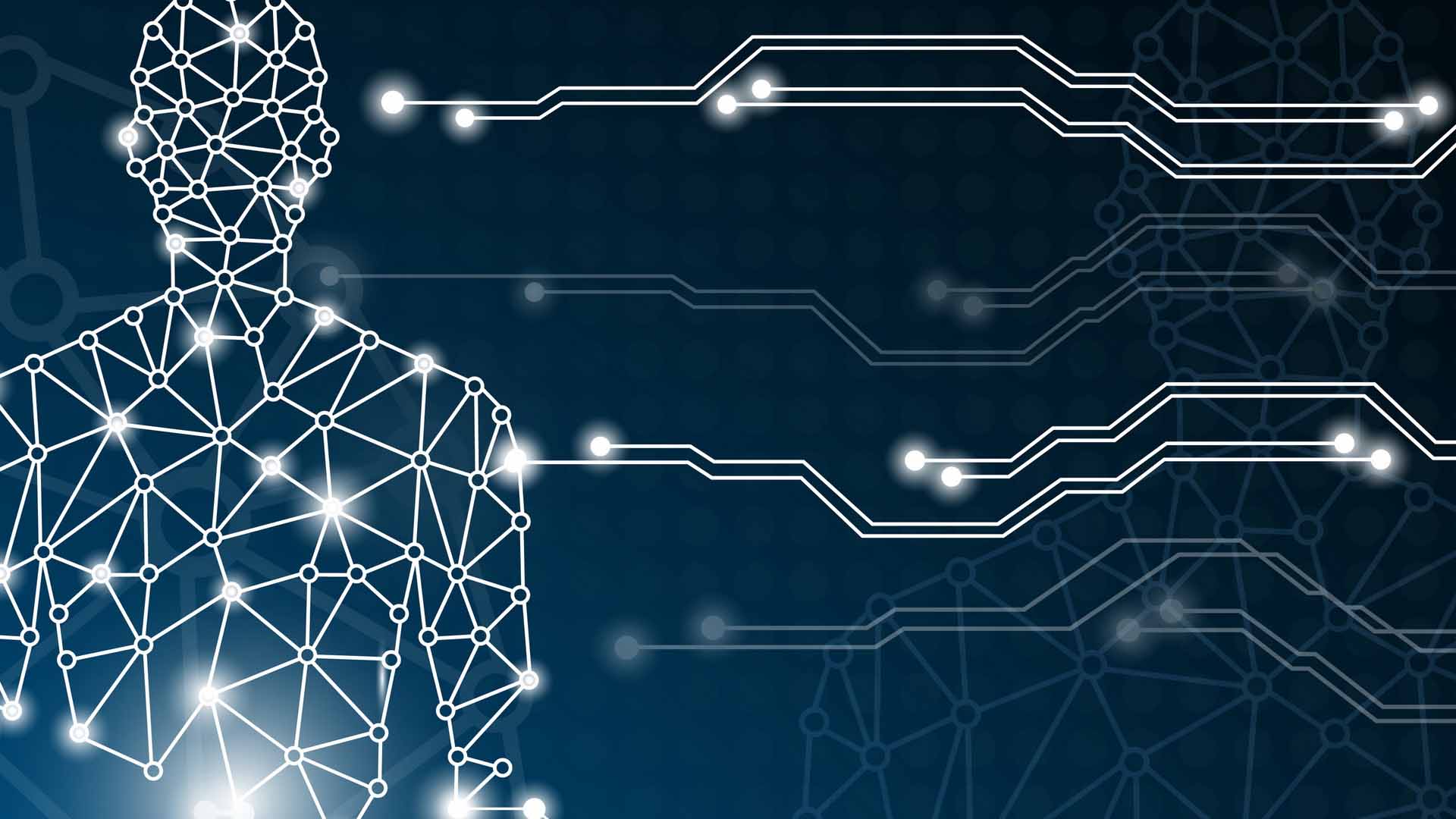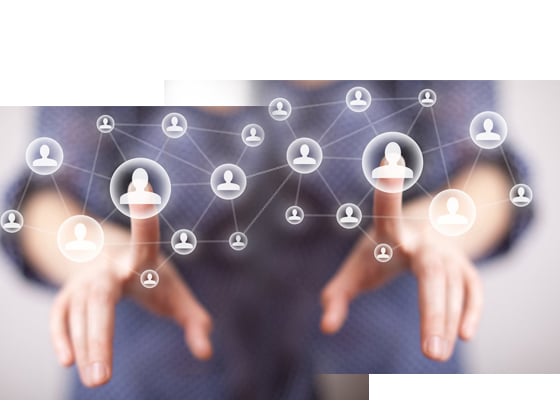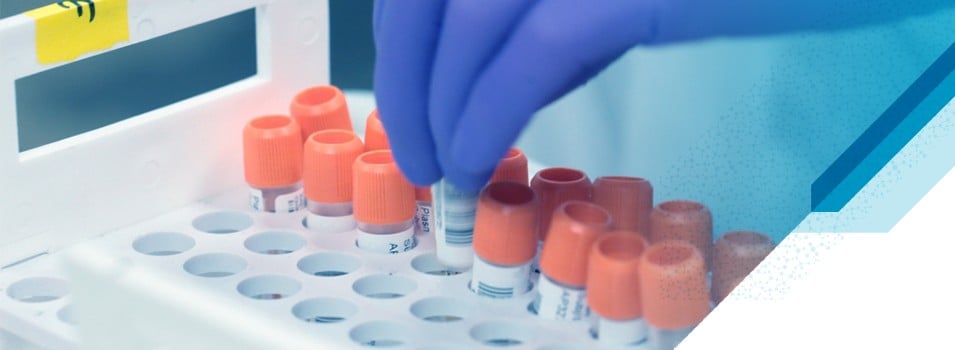
Next Generation Biobanking
Next Generation Biobanking
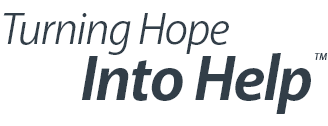
Labmatrix® Clinical Trial Sample & Consent Tracking
Qiagram® Data Exploration
Next Generation Biobanking
How We Can Work Together
BioFortis Resources
BioFortis User Forum
BioFortis Sales and Support
Biomarker-driven precision medicine (personalized medicine) is fundamentally changing life sciences research. Central to biomarker research is access to quality biospecimens in biobanks that have been extensively annotated with clinical, molecular, and patient data.
Biobanks are no longer measured by how many samples they keep, but by the utilization of these samples to drive investigational research. This shift poses challenges for traditional, first-generation biobanks. Next Generation Biobanking not only supports operational activities, but also functions as the knowledge hub for an integrated translational and clinical research ecosystem. With the Next Generation Biobanking approach, you will reap the benefits of a well-annotated patient and sample database that supports precision medicine, clinical trials, translational research, and patient registries.
Traditional LIMS and biobanking software offer a standard set of well-established operational sample management functions, so much so that these features can be regarded as commodities. On the other hand, Labmatrix® is a precision medicine software solution that natively incorporates full-fledged support for Next Generation Biobanking. Labmatrix® provides seamless support for data import, export, integration & standardization, management, and search capabilities, in addition to operational biobanking workflows (see how Labmatrix supports traditional biobank operations).
The Traditional Biobank Is Challenged
A biobank is a liability, not an asset – unless and until it can provide significant value for scientific research. Traditional biobanking faces a number of challenges resulting from the pressure of biomarker-based precision medicine research:
- Increased expectation that biobanks drive science – biobanks must shift from a focus on primarily operational and in-house sample inventory management activities (hording samples) to driving scientific insights by encouraging proper utilization of samples. Linking biospecimen with patient clinical and molecular data is now critical.
- Increased security and compliance mandates – the sensitive nature of clinical research requires privacy control and regulatory compliance for human samples. In addition, as scientific discoveries increasingly rely on sample-based biomarker data, greater scrutiny is placed upon stringent adherence to governing standards such as HIPAA, 21CFR Part 11, GxP, CAP, and CLIA.
- Increased trend for multi-investigator, multi-site collaboration – studies are now performed within a distributed research network of investigators, labs, biobanks, and other collaborators. As result, getting control over data security, integration, and harmonization is critical.
Overcome the Challenges: Next Generation Biobanking
At the core of Next Generation Biobanking is comprehensive patient management, consent tracking, and sample-centric workflow features . However, unlike traditional biobanking, Next Generation Biobanking is characterized by additional key attributes:
- Harmonization of biospecimens with clinical and molecular information – generation of scientific insights requires tight linkage of the biospecimen with comprehensive molecular and clinical data collected during the course of a research study;
- Enhanced security and compliance – enforcement of fine-grained access and security controls, on all data linked to samples, to ensure compliance with patient consent and regulatory guidelines; and
- Support for multi-site, multi-investigator collaborative studies – supplying a critical information infrastructure to enable the distributed research ecosystem and its network of investigators, labs, biobanks, and other collaborators.
Driving scientific insights is a key benefit of Labmatrix: mining the wealth of study data, searching for patterns within, and discovering knowledge requires a tool that augments the user’s scientific expertise. Qiagram®, the Labmatrix search engine, puts powerful ad hoc query, search, report, and knowledge discovery tools in the hands of the individual researcher. Users can “draw” their questions, and interactively create sophisticated inquiries without programming or IT support. Results can be shared to generate institutional knowledge. In contrast to most commercial software, Qiagram puts the researcher with subject matter expertise at the center of a holistic view of their biobank and biospecimen information hub, armed with the tools to drive scientific insights.
Related Services & Solutions


